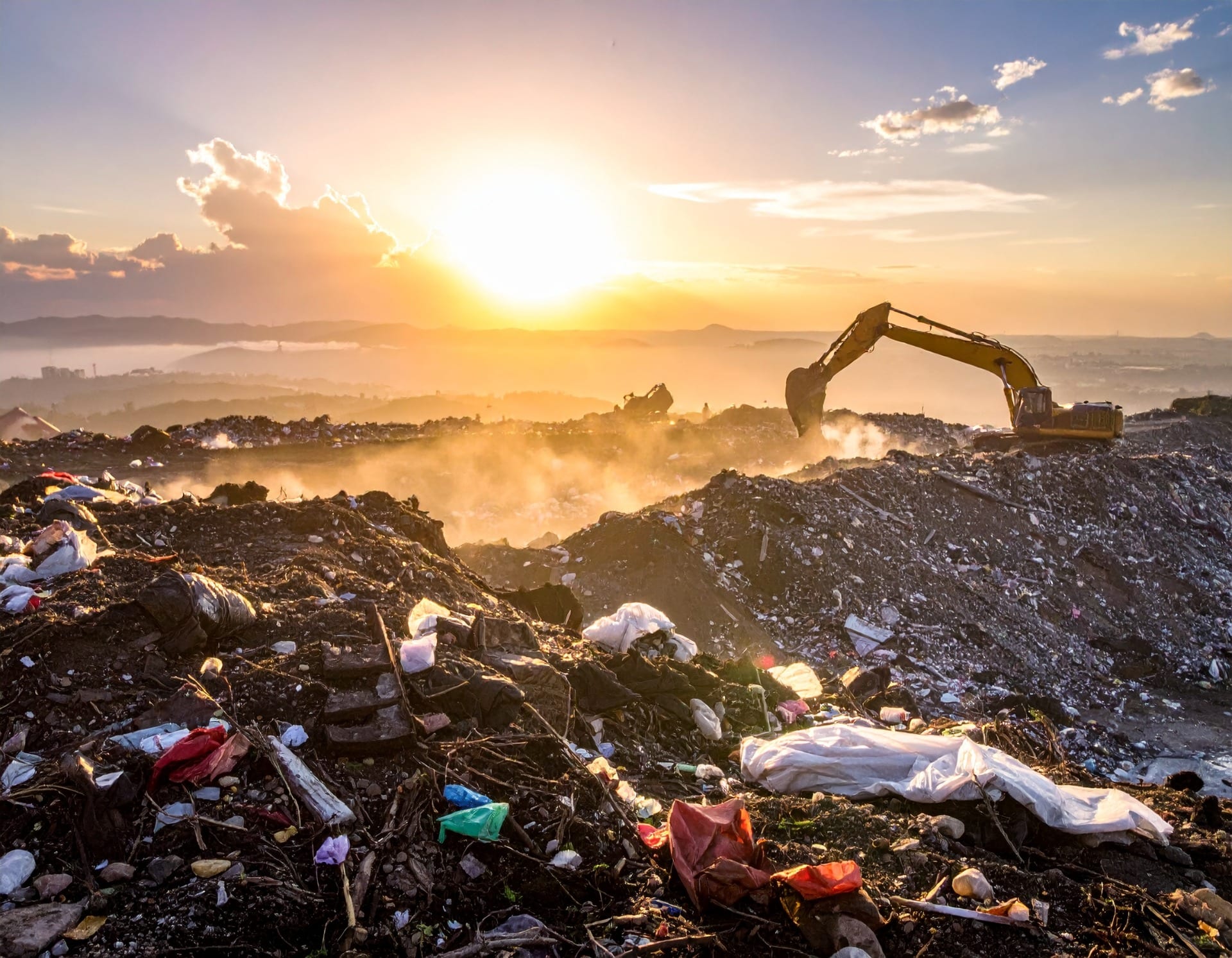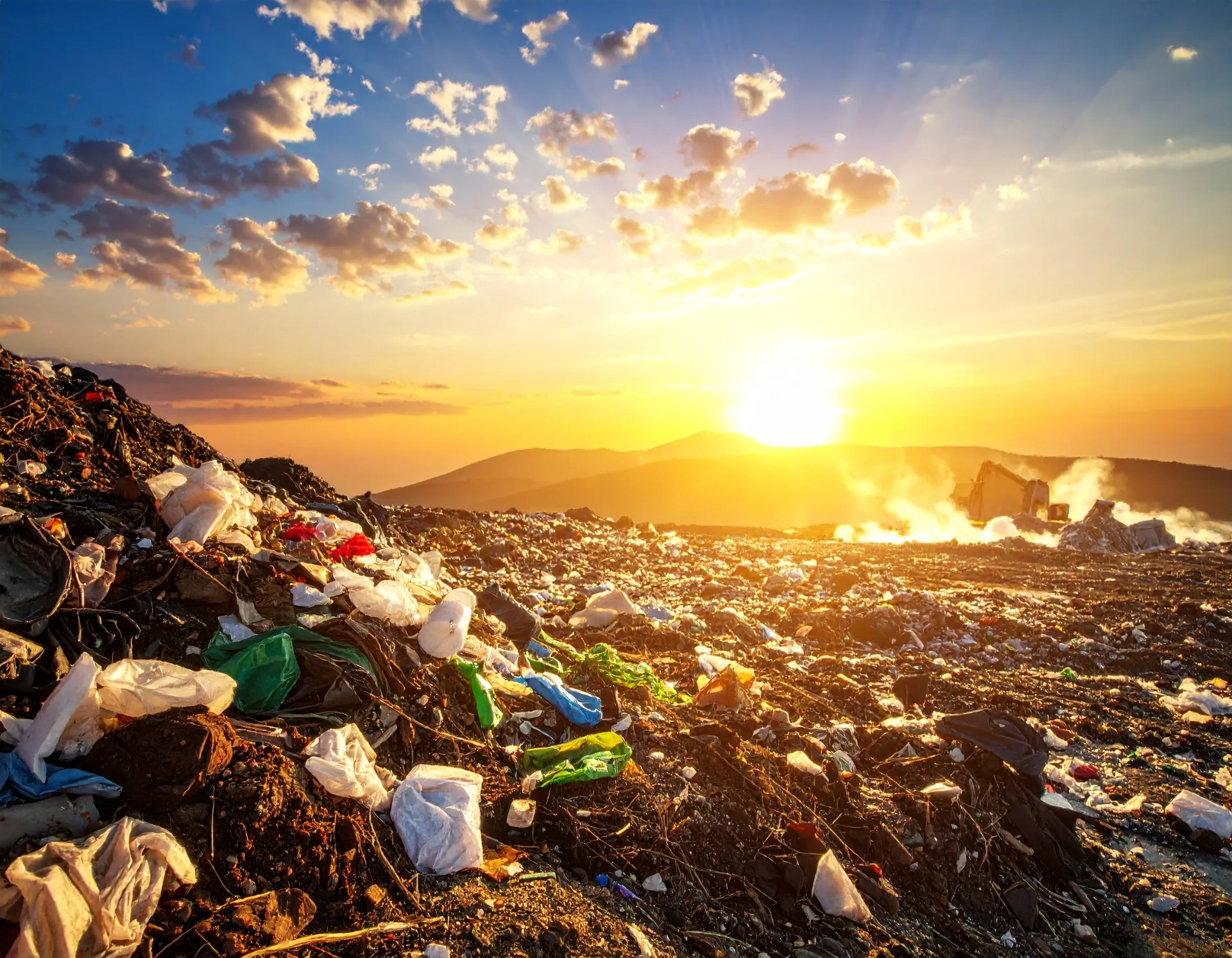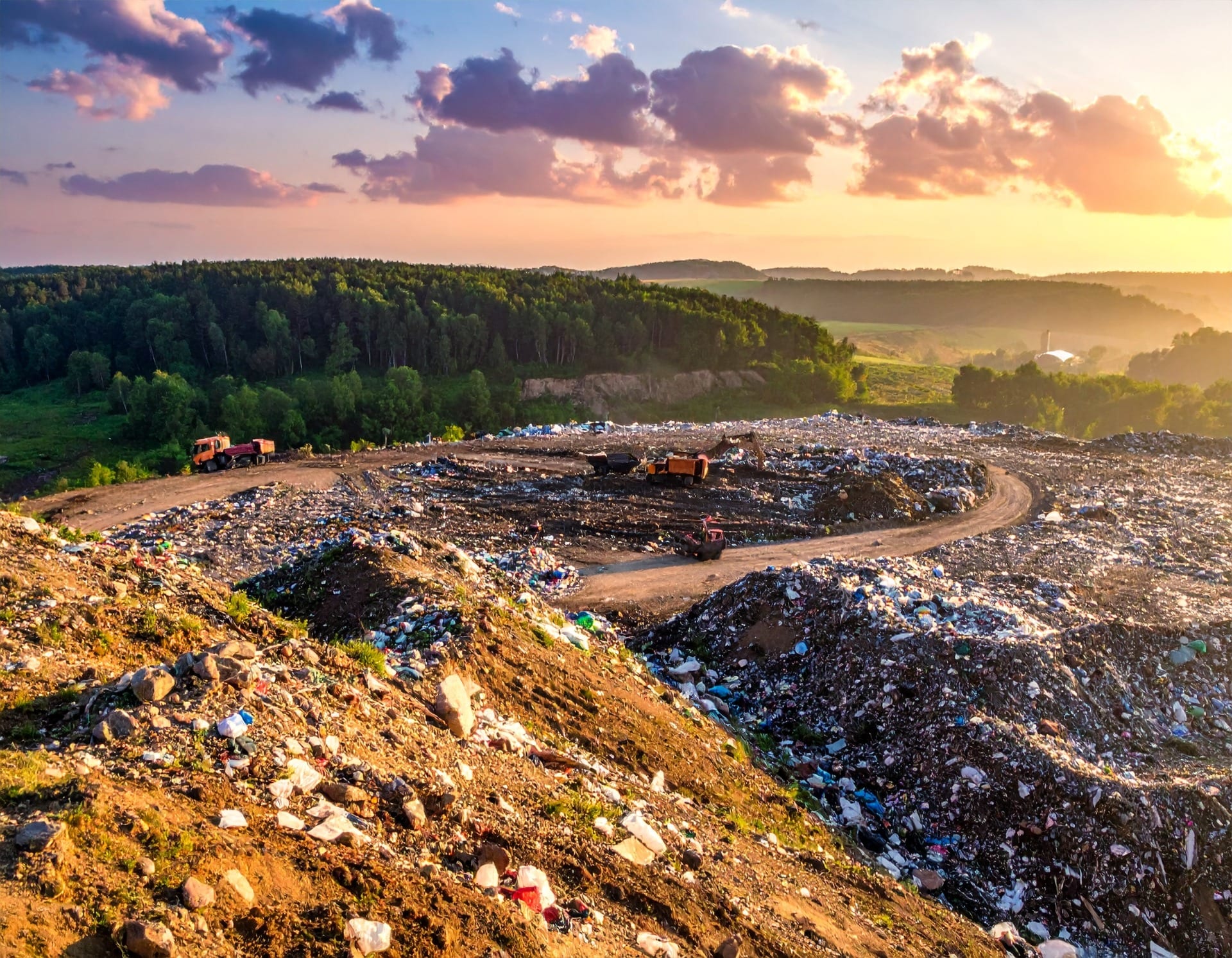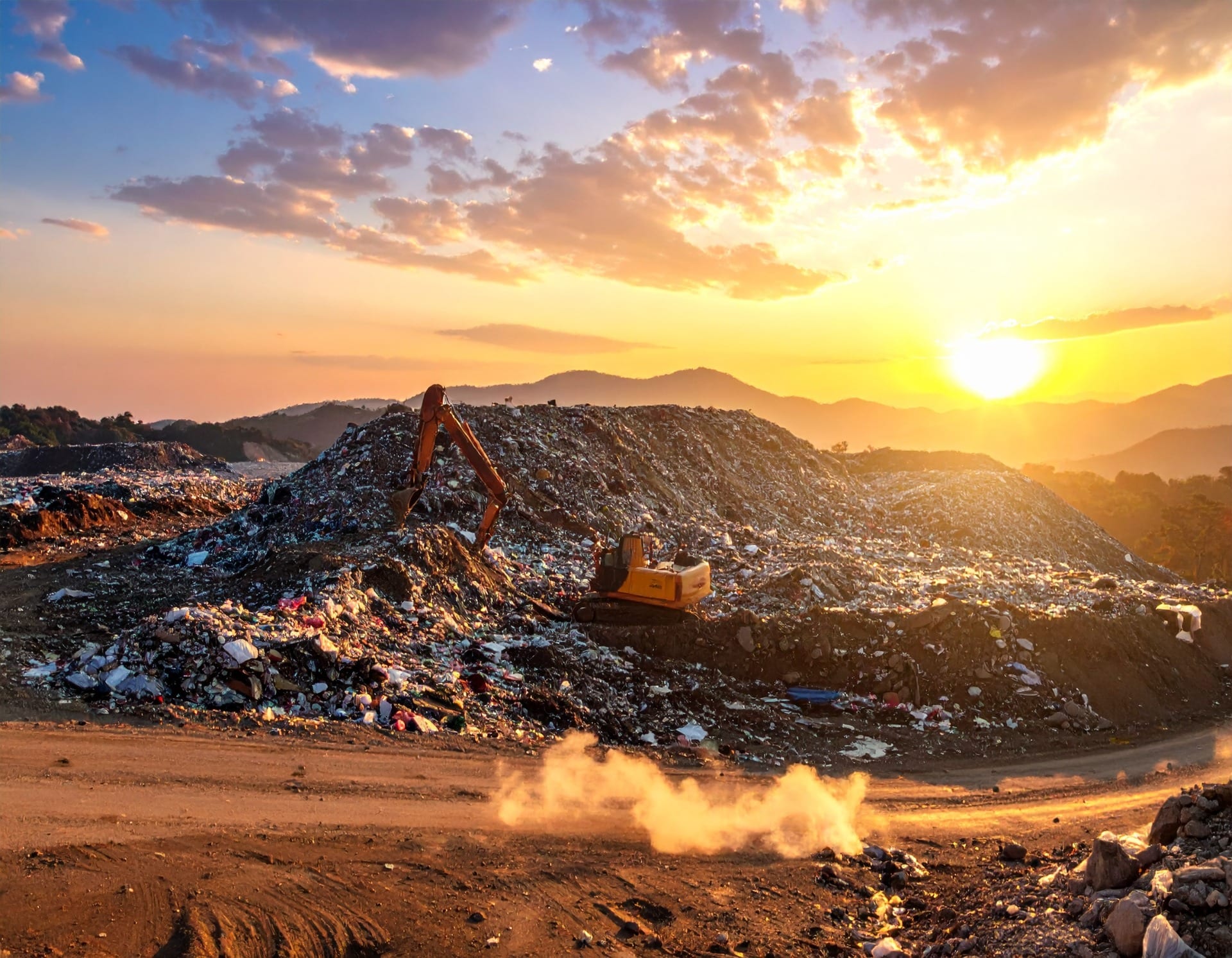The EU Landfill Directive
The EU Landfill Directive is a cornerstone of European waste management legislation, designed to minimise the adverse impacts of landfilling waste on the environment and human health. This guide, brought to you by Taylors Skip Hire, aims to shed light on the Directive's key provisions, its classifications of landfills, and the types of waste restricted from landfill disposal.
Overview of the EU Landfill Directive
The Directive introduces stringent operational and technical requirements for waste disposal sites, focusing on protecting surface water, groundwater, soil, air, and human health from the potential harms of landfill. Its goal is to significantly reduce, if not prevent, the negative environmental impacts associated with landfilling waste.
Landfill Classifications
The Directive categorises landfills into three distinct classes:
- Landfills for Hazardous Waste: Sites designated for waste that poses a considerable risk to health or the environment.
- Landfills for Non-Hazardous Waste: Facilities that accept municipal waste and other types of non-hazardous waste.
- Landfills for Inert Waste: Sites reserved for waste that does not undergo any significant physical, chemical, or biological transformations.
Restricted Waste Types
Certain types of waste are deemed too risky for landfill disposal and are subject to bans under the Directive. These include:
- Liquid waste
- Flammable waste
- Explosive or oxidising waste
- Infectious hospital and clinical waste
- Used tyres (with certain exceptions)
- Any waste not meeting the acceptance criteria outlined in Annex II of the Directive
These restrictions aim to encourage the recovery, recycling, or alternative disposal methods for such waste, aligning with broader environmental objectives.
Waste Acceptance Procedures
To mitigate risks, the Directive mandates that all waste destined for landfill must undergo a standard acceptance procedure. This includes:
- Mandatory treatment of waste before landfilling
- Allocation of hazardous waste to specific hazardous waste landfills
- Use of non-hazardous waste landfills for municipal and similar waste
- Exclusive use of inert waste landfills for inert waste only
- Adoption of waste acceptance criteria by the Commission based on Annex II's general principles
The acceptance criteria and process are further detailed in Council Decision 2003/33/EC, ensuring clarity and consistency in waste management practices across the EU.
The Directive's overarching aim is to reduce the reliance on landfilling, especially for waste that could be recycled or recovered. It seeks to protect the environment from landfill-related pollution, including contributions to the greenhouse effect, and to safeguard human health throughout the landfill's lifecycle. Additionally, it underscores the importance of reducing landfilling of recyclable or recoverable waste, promoting a shift towards more sustainable waste management practices.
At Taylors Skip Hire, we are committed to supporting these environmental goals through our range of services, from skip hire to rubbish removals and site clearance. We advocate for responsible waste management and recycling, aligning our operations with the EU Landfill Directive's objectives to minimise the environmental impact of waste.
Understanding and adhering to the EU Landfill Directive is essential for businesses and individuals alike, ensuring that waste disposal practices contribute positively to environmental sustainability and public health. Taylors Skip Hire is here to help you navigate these requirements, offering expert advice and services to manage your waste responsibly.
We deliver skips and provide site clearance services throughout Surrey and the surrounding region, including Betchworth, Box Hill, Tandridge, Leigh, and Westerham. Wherever you are in the local area, Taylors Skip Hire is just a call away.





